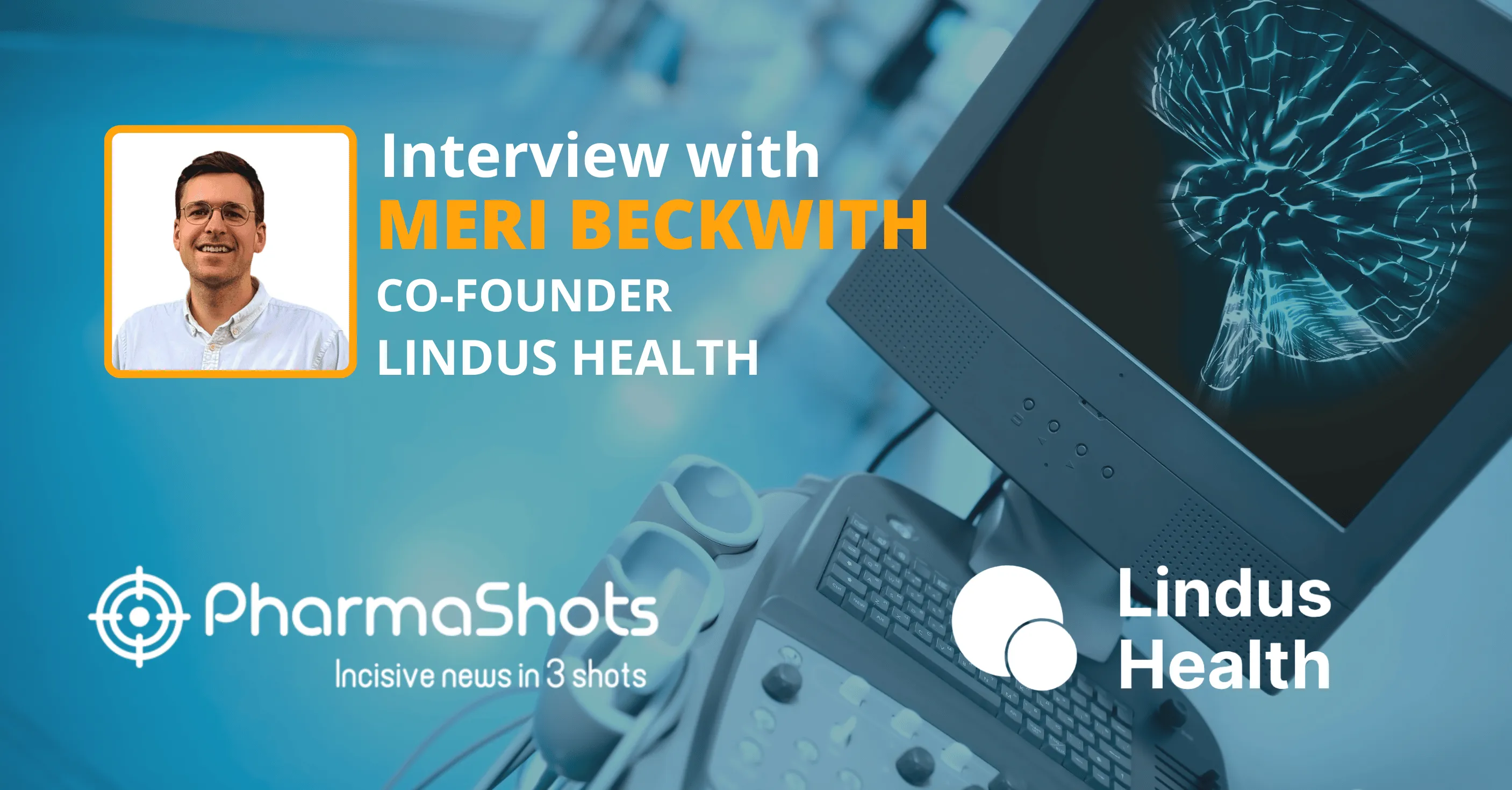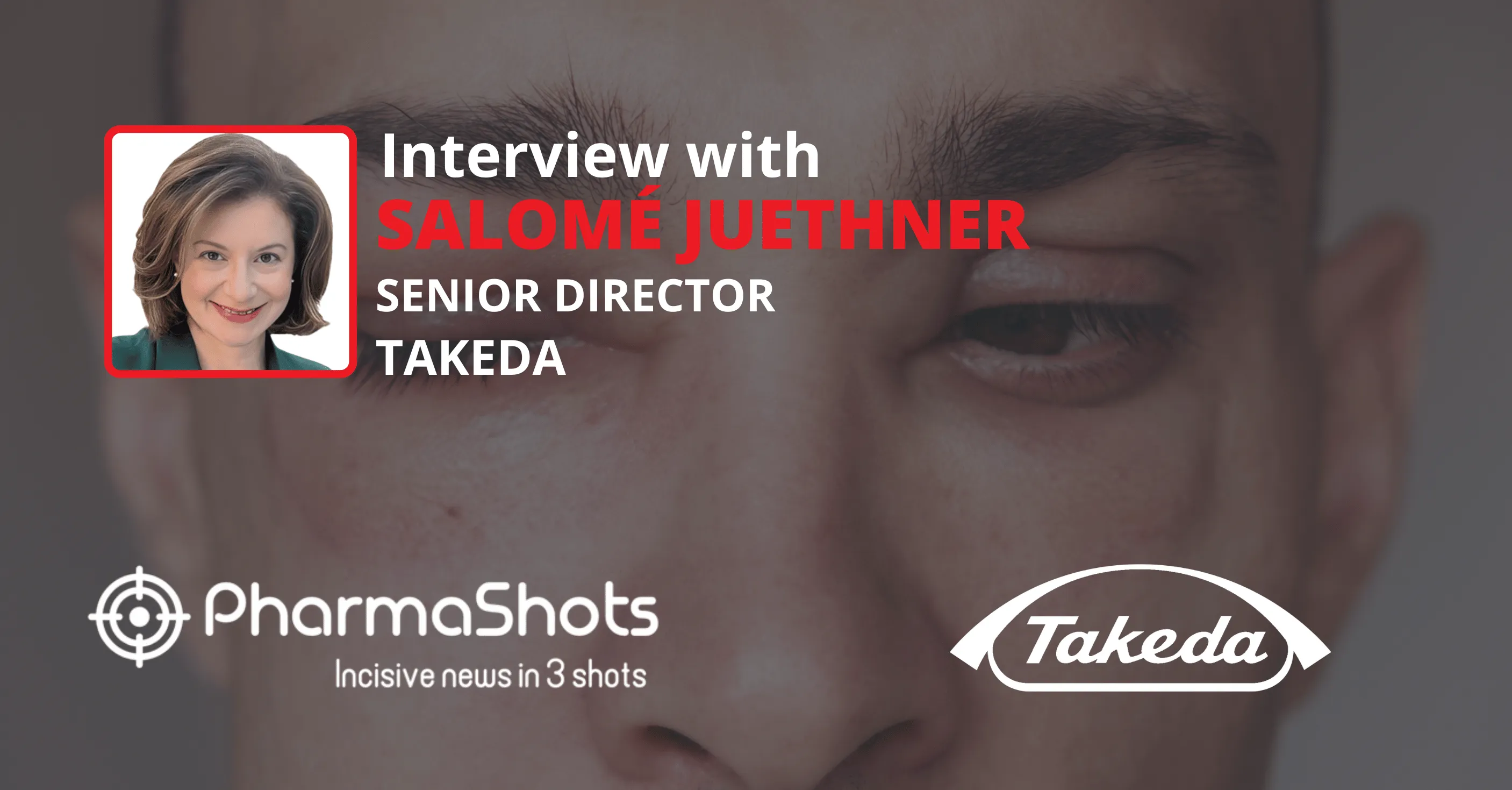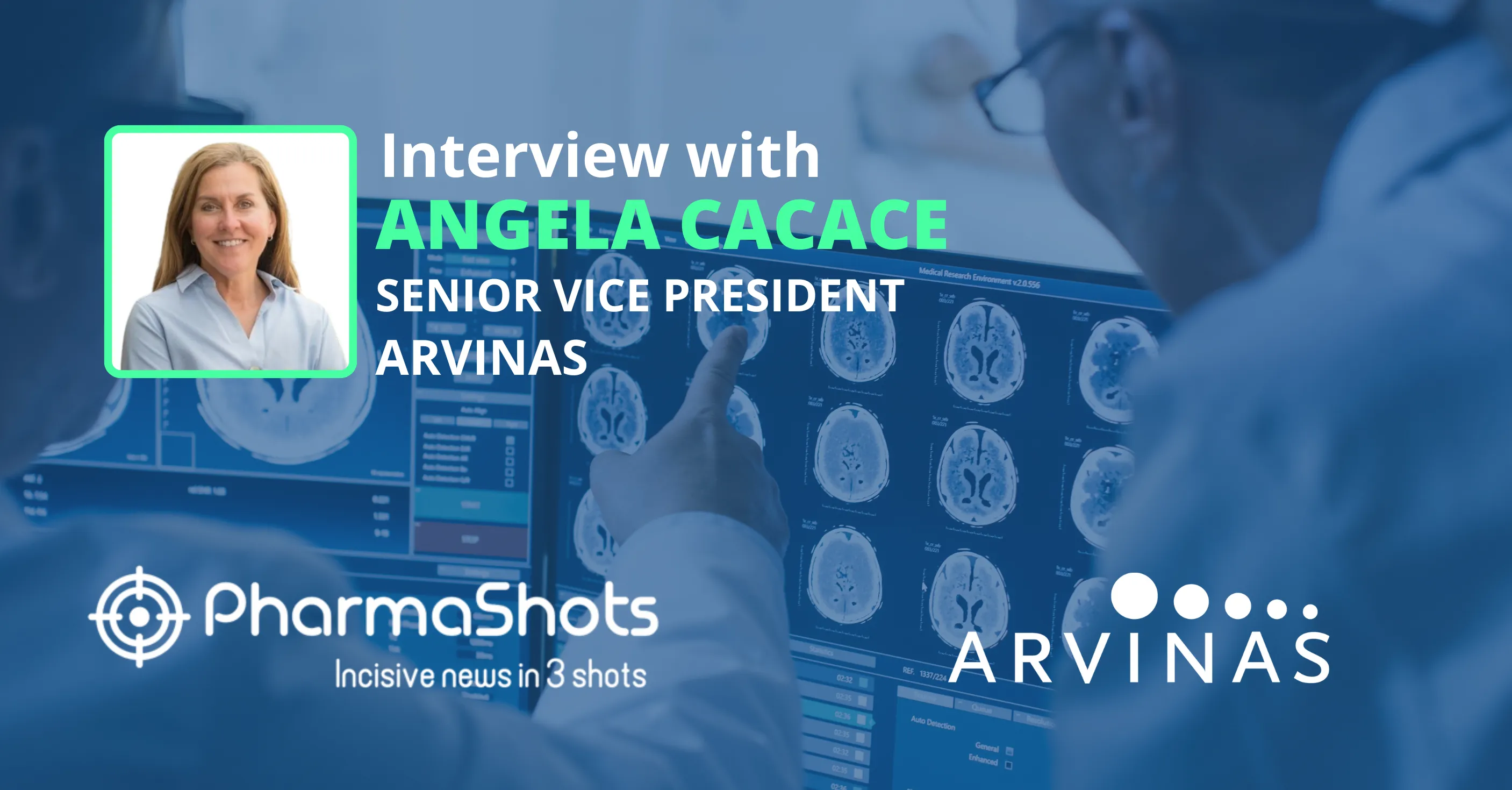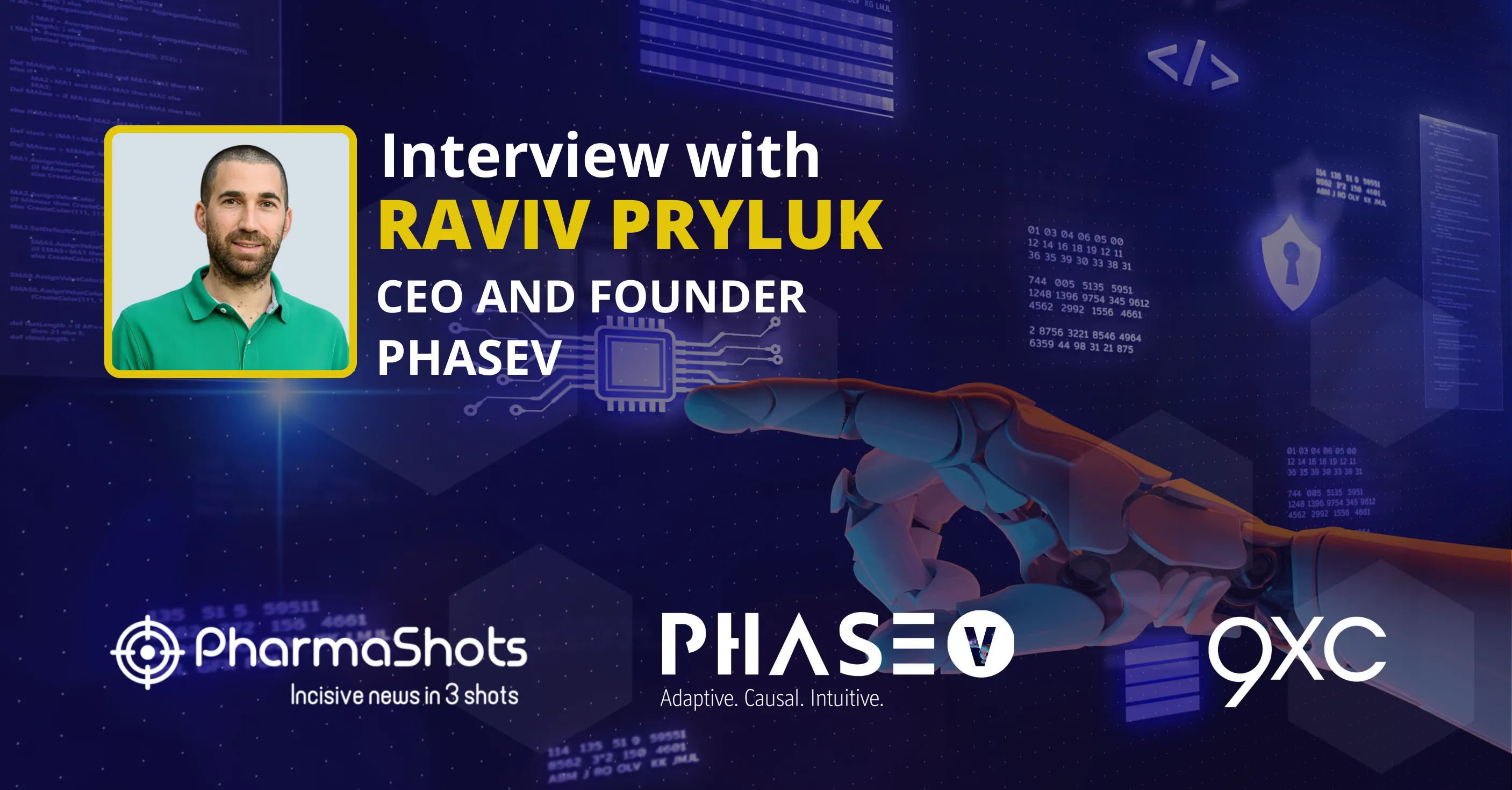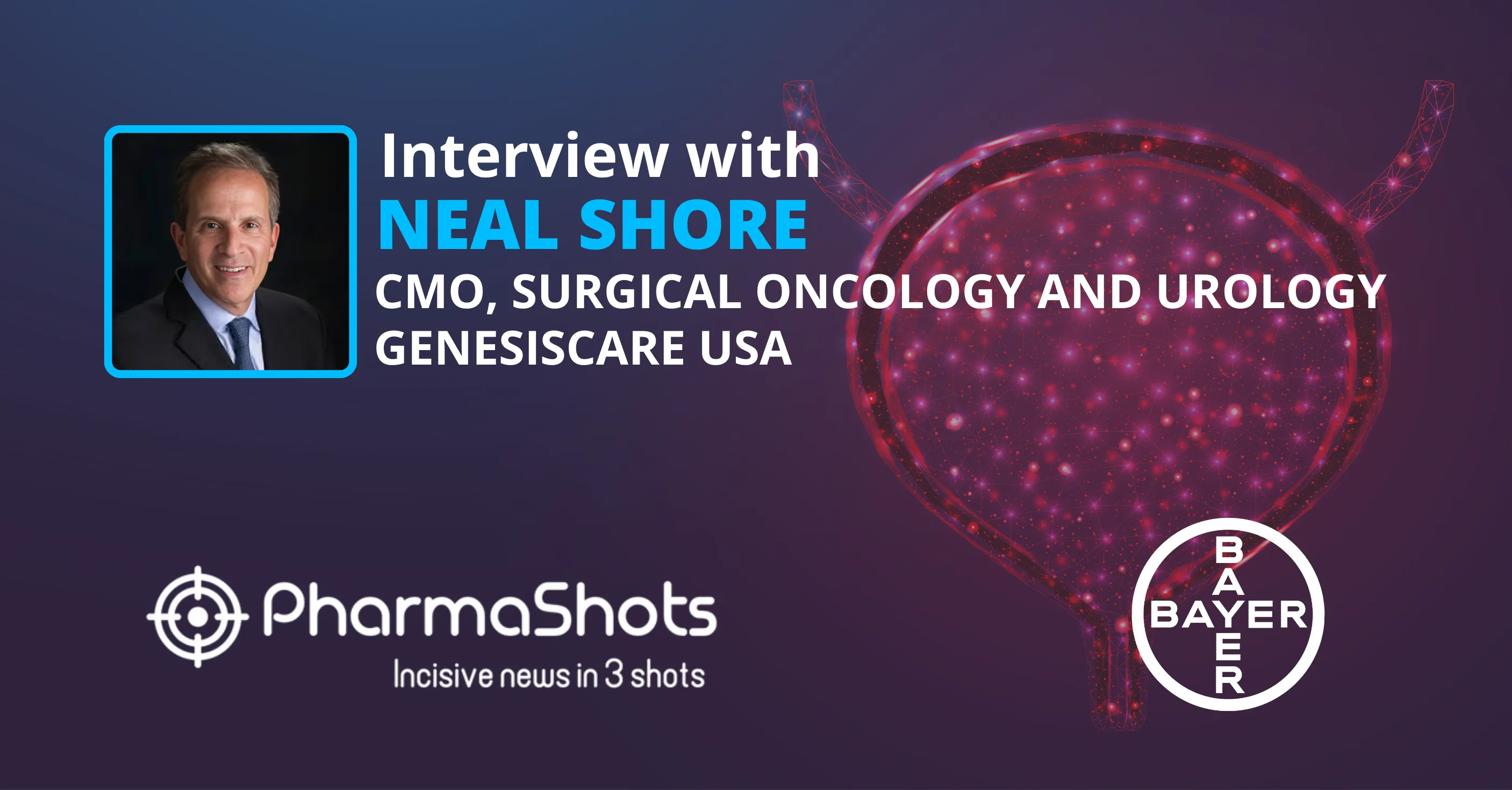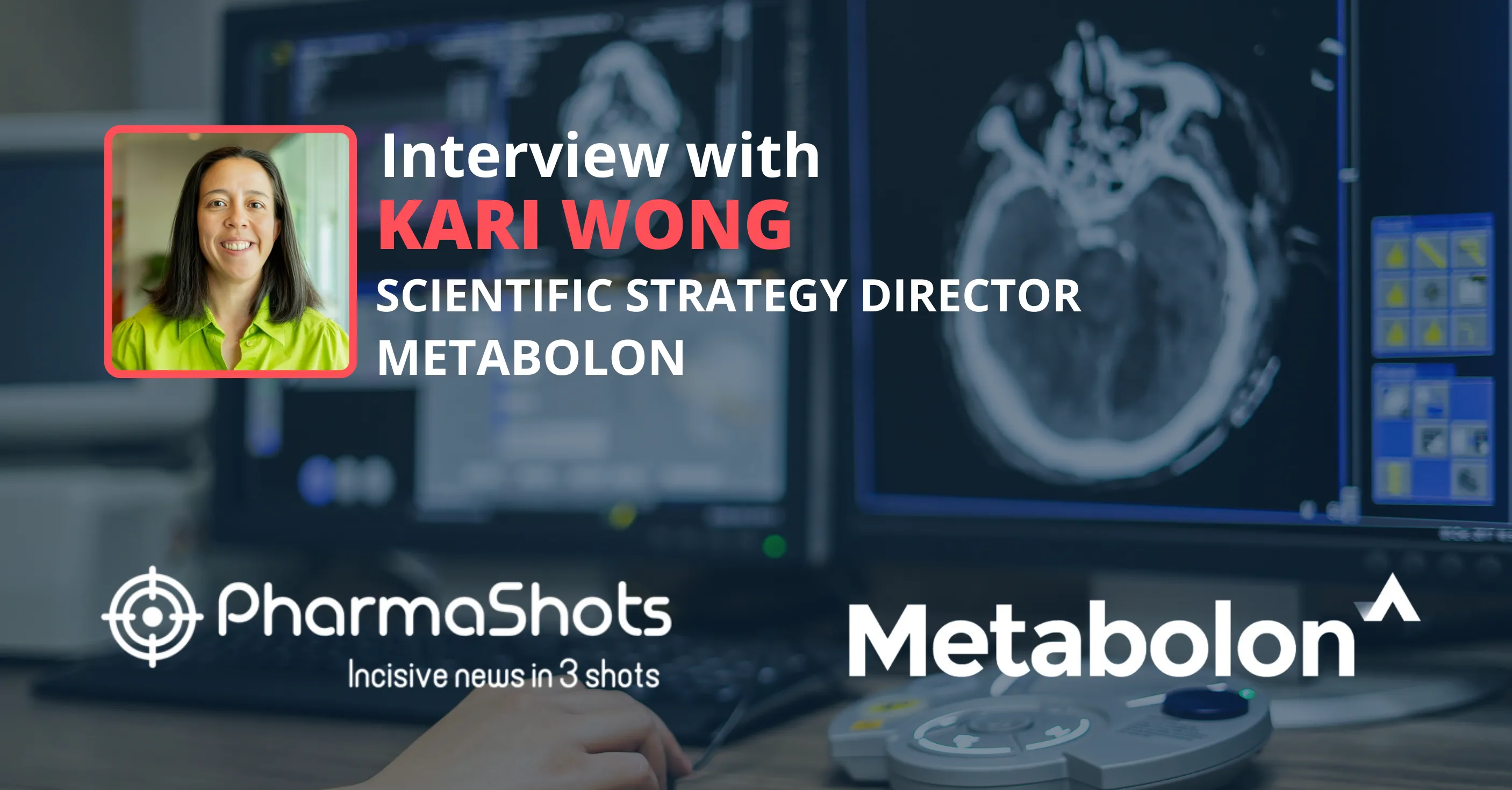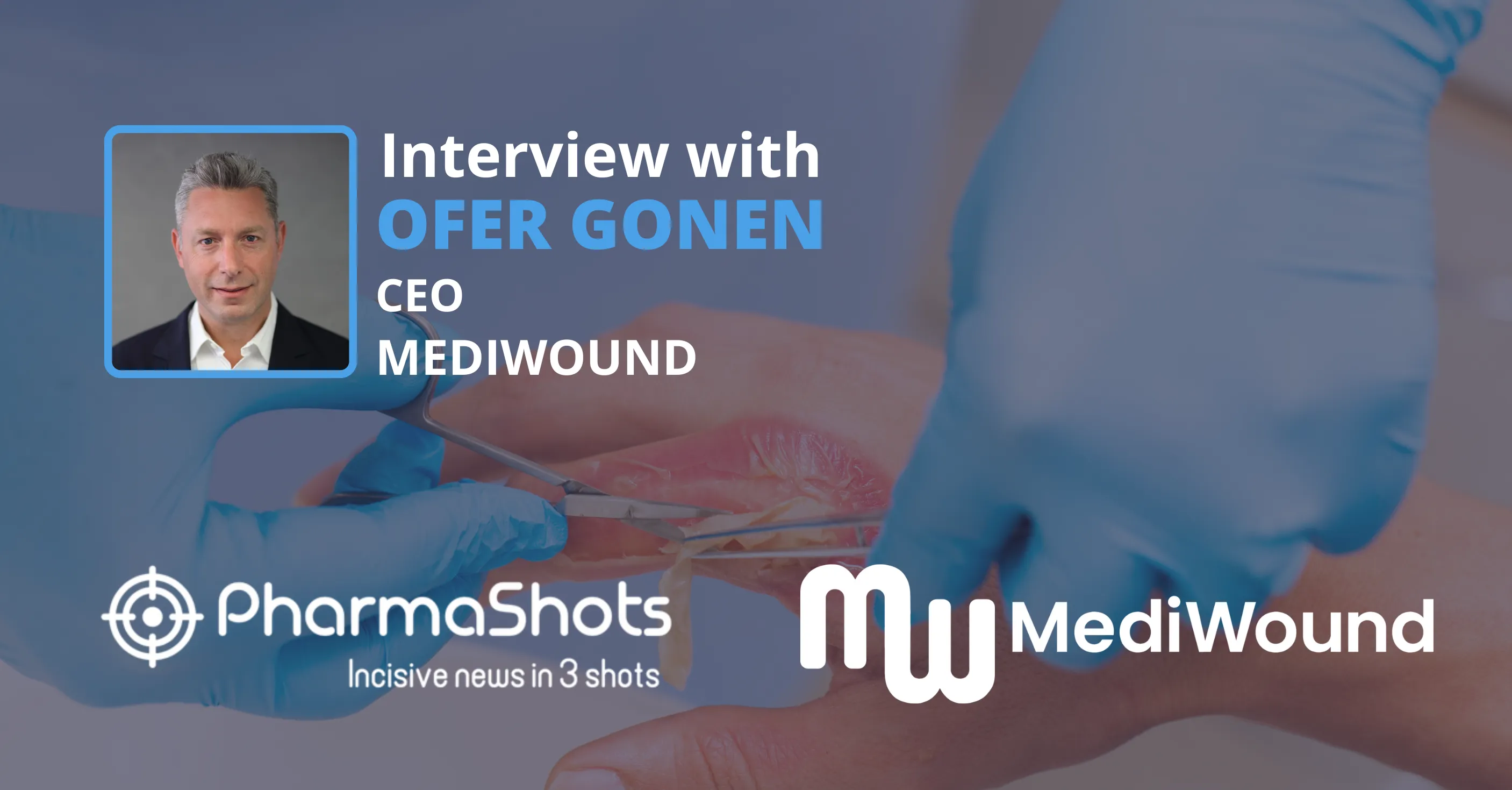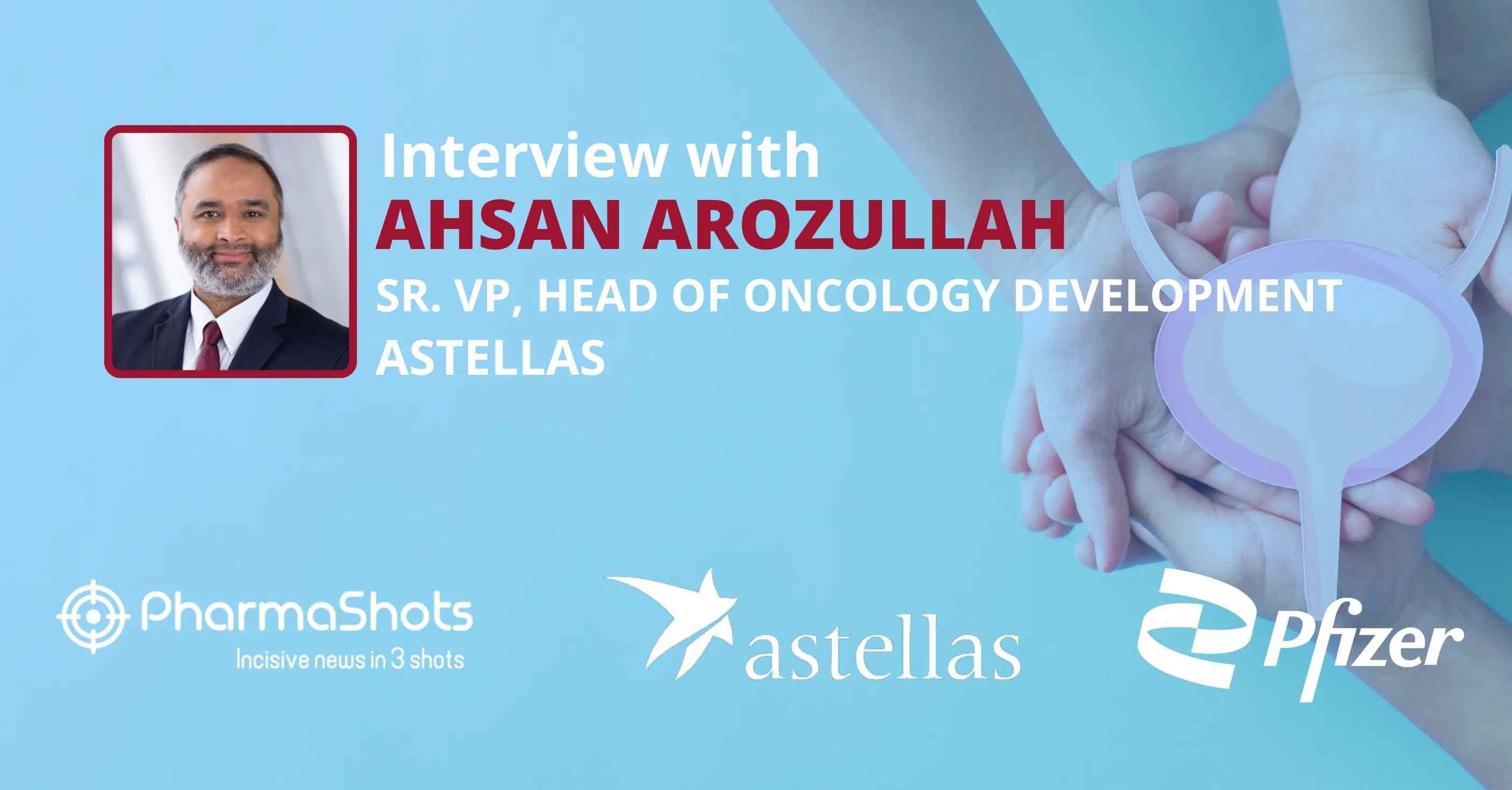
MindMed’s CEO Robert Barrow Discusses Positive P-II Trial Data of Lysergide for Major Depressive Disorder
Shots:
- Robert spoke about the topline data from the P-II study evaluating Lysergide. The data was unleashed by MindMed collaborators at the University Hospital Basel and the University Hospital of Psychiatry
- The data demonstrated significant, rapid, durable and beneficial effects of Lysergide and its potential to mitigate symptoms of MDD. He also discussed how these recent findings in MDD are relevant to MindMed’s MM-120 program in Generalized Anxiety Disorder
- The interview showcases MindMed’s mission to develop innovative products, targeting neurotransmitter pathways that play key roles in brain health disorders
Smriti: Would you please highlight the details (MOA, ROA, formulations, etc.) of Lysergide?
Robert Barrow: Our lead asset, LSD D-tartrate (MM-120) is a pharmaceutically optimized form of lysergide given as an oral dose to patients in our ongoing clinical trials in Generalized Anxiety Disorder (GAD) and ADHD. Previous studies have shown that MM-120 is a potent serotonin agonist. Engagement of 5-HT2A receptors has been shown to have positive effects on global brain connectivity, entropic brain activity and increased single neuron excitability, all of which provide exciting potential applications for a broad range of brain health disorders. We haven’t disclosed the specifics about our final formulation for MM-120 but are looking forward to sharing more in the near-term about how we believe our formulation will offer a differentiated profile with strong IP protection.
Smriti: Brief us about the study design of the P-II clinical trial evaluating Lysergide and the main implications obtained from the trial.
Robert Barrow: Our Phase 2b trial in patients diagnosed with GAD (NCT05407064) is a multi-center, parallel, randomized, double-blind, placebo-controlled, dose-optimization study. The trial plans to enroll up to 200 participants across 20 sites nationwide who will be randomized to receive a single administration of 25 µg, 50 µg, 100 µg or 200 µg of MM-120 or placebo. This design will give us important insights into the relationship between the functional/perceptual activity of MM-120 and clinical outcomes (i.e., changes in anxiety symptoms) and also represents the most rigorous definition of the dose-response relationship of lysergide or any psychedelic ever conducted. The primary objective of the study is to determine the reduction in anxiety symptoms 4 weeks after a single study drug administration, compared across the five treatment arms. Key secondary objectives, measured up to 12 weeks after the single administration, include assessments of anxiety symptoms, safety, and tolerability as well as other measures of efficacy and quality of life. More information about the trial is available on our website (mindmed.co), the trial’s website (anxietyresearchstudy.com).
Smriti: Could you elaborate on the dosing regimen used in the study? What is the volumetric significance of the doses?
Robert Barrow: We are testing a wide range of doses, ranging from levels that are at the threshold of generating perceptual effects (25 µg) to a relatively high dose level (200µg). Our dose-finding study is critical to addressing fundamental questions about dose-response within the target population and the impact of dose on clinical response in the population with GAD. While some previous studies have assessed the acute subjective effects of psychedelics across a range of doses, these studies were conducted in healthy volunteers and we need to define the dose-responsive effects on anxiety in GAD patients, not just on the magnitude of perceptual effects in healthy volunteers. Each of the dose levels we selected correlates to a different degree of perceptual activity in healthy volunteers which we believe will also allow for important learnings about the functional activity of MM-120.
Smriti: Tell us more about your collaboration with the University Hospital Basel (UHB) and the University Hospital of Psychiatry. How did the two Universities contribute to the evaluation of Lysergide?
Robert Barrow: Professor Matthias Liechti and Dr. Felix Mueller are MindMed collaborators at University Hospital Basel (UHB) and the University Hospital of Psychiatry, respectively. MindMed supports the lab of Dr. Matthias Liechti in conducting investigator-initiated trials for lysergide and other novel therapies and has exclusive access and rights to the data generated by these studies. Lysergide has most recently been evaluated by these investigators in investigator-initiated trials which assessed the safety and activity of lysergide in patients with anxiety disorders (NCT03153579) and major depressive disorder (MDD; NCT03866252). The results of these studies and others in which MindMed is a collaborator, are used to provide preliminary signs of activity and inform MindMed’s clinical development strategy.
Smriti: As you mentioned that the recent findings in MDD were relevant to your MM-120 program in Generalized Anxiety Disorder (GAD), Could you please explain how these findings may support the development of treatments for GAD?
Robert Barrow: Our collaborators at University Hospital Basel and University Hospital of Psychiatry released topline data that showed statistically, and clinically significant improvements in major depressive disorder (MDD) symptoms observed in patients following treatment with lysergide. This reinforced preliminary findings that have shown the clinical potential of lysergide in anxiety, depression, and other brain health disorders. These positive findings are particularly relevant to our MM-120 program in GAD, given the high degree of comorbidity between GAD and MDD. Fundamentally, we believe there is a significant degree of overlap in the symptomatology of GAD and MDD and demonstrating a consistent preliminary response in both conditions is highly encouraging in relation to our ongoing Phase 2 study of MM-120 in GAD.
Smriti: Considering the Positive results of the P-II trial evaluating Lysergide, what would be your next step to taking Lysergide into P-III trials?
Robert Barrow: Our currently ongoing Phase 2b clinical trial of MM-120 in GAD has been designed to robustly characterize the effect size of MM-120 at the different dose levels on anxiety symptoms as assessed by the Hamilton Anxiety Scale (HAM-A) – the gold standard measurement outcome in GAD. These results will inform optimal dose selection and the overall development strategy for pivotal clinical trials, as we continue our efforts to bring a new potential treatment to the millions of people living with GAD.
Smriti: Given the statistically and clinically significant improvements observed in primary and secondary endpoints, how do these findings contribute to the treatment for not only MDD but also other brain disorders?
Robert Barrow: There is a high level of comorbidity between GAD and MDD – in addition to numerous other brain health disorders. The promising findings of MM-120 in MDD are both relevant to MM-120 program in GAD but also support the potential broader applications in other brain health indications in which serotonin is implicated.
Image source: Canva
About the Author:
Robert Barrow

Robert Barrow is the CEO and Board Director at MindMed Mr. Barrow is an accomplished pharmaceutical executive and clinical pharmacologist with over a decade of experience leading drug development programs in a variety of disease areas. Mr. Barrow holds a master's degree in pharmacology from The Ohio State University and a Bachelor of Science degree from Wake Forest University, where he graduated summa cum laude and is a CFA charter holder.
Related Post: PharmaShots Interview: MindMed’s Robert Barrow Shares Insights on Study to show Key Differences Between LSD and Psilocybin
Tags

Senior Editor at PharmaShots. She is curious and very passionate about recent updates and developments in the life sciences industry. She covers Biopharma, MedTech, and Digital health segments along with different reports at PharmaShots.



